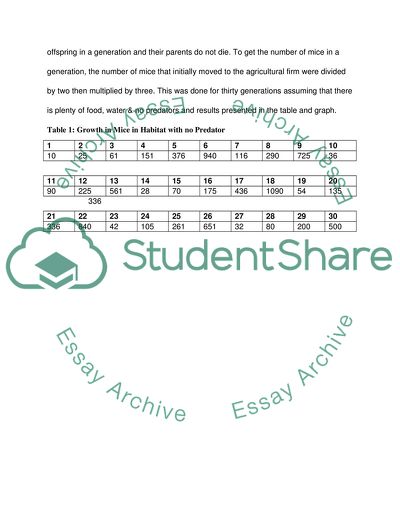Cite this document
(Interactions between Predators and Prey Lab Report Example | Topics and Well Written Essays - 1250 words, n.d.)
Interactions between Predators and Prey Lab Report Example | Topics and Well Written Essays - 1250 words. https://studentshare.org/biology/1832630-lab-report
Interactions between Predators and Prey Lab Report Example | Topics and Well Written Essays - 1250 words. https://studentshare.org/biology/1832630-lab-report
(Interactions Between Predators and Prey Lab Report Example | Topics and Well Written Essays - 1250 Words)
Interactions Between Predators and Prey Lab Report Example | Topics and Well Written Essays - 1250 Words. https://studentshare.org/biology/1832630-lab-report.
Interactions Between Predators and Prey Lab Report Example | Topics and Well Written Essays - 1250 Words. https://studentshare.org/biology/1832630-lab-report.
“Interactions Between Predators and Prey Lab Report Example | Topics and Well Written Essays - 1250 Words”. https://studentshare.org/biology/1832630-lab-report.


